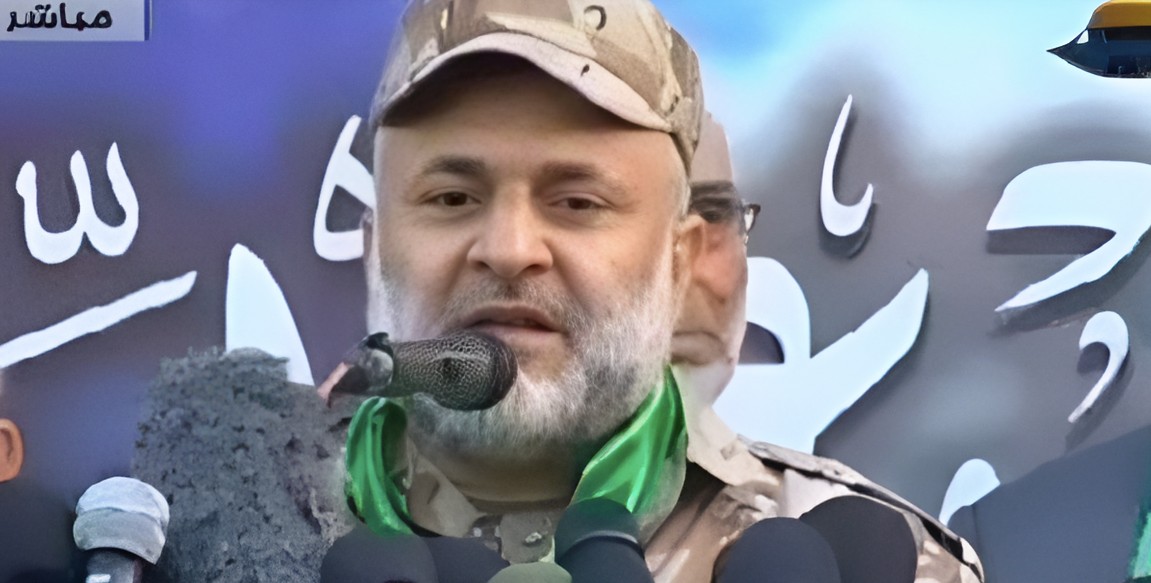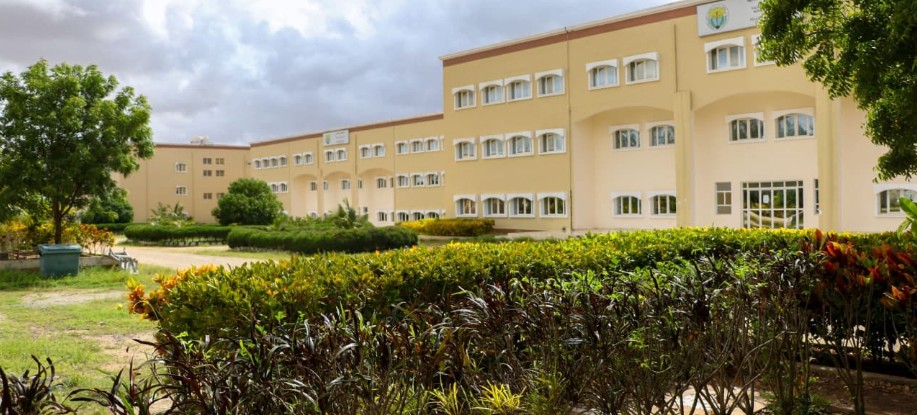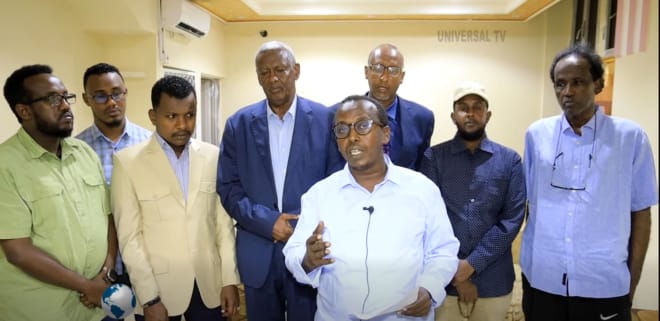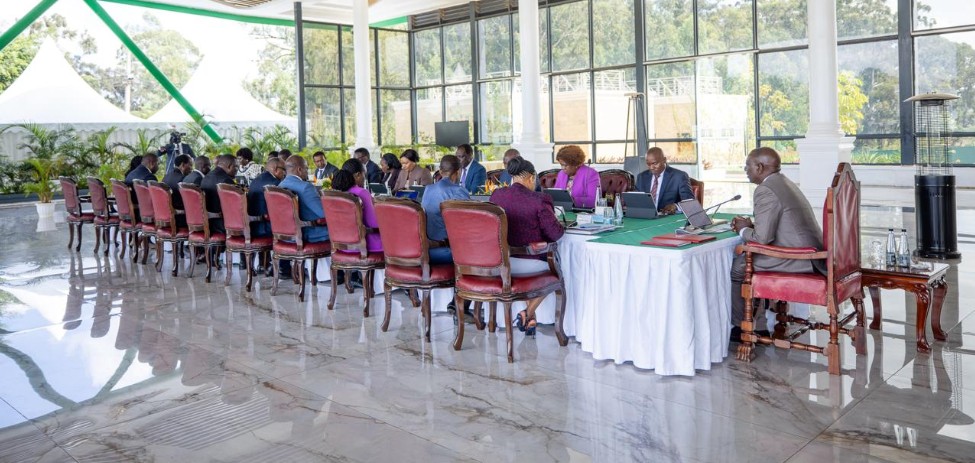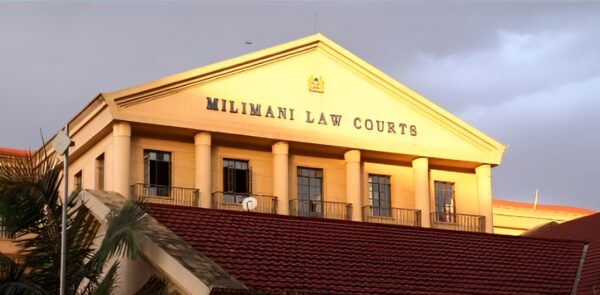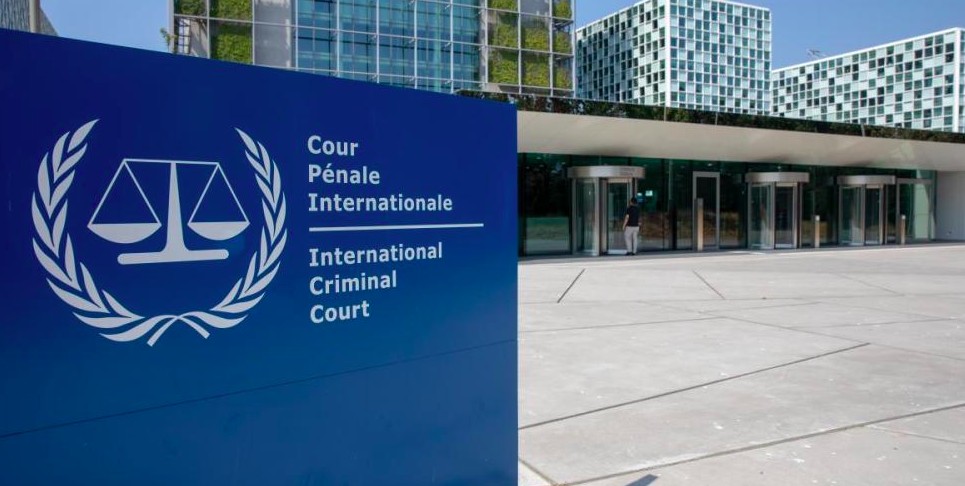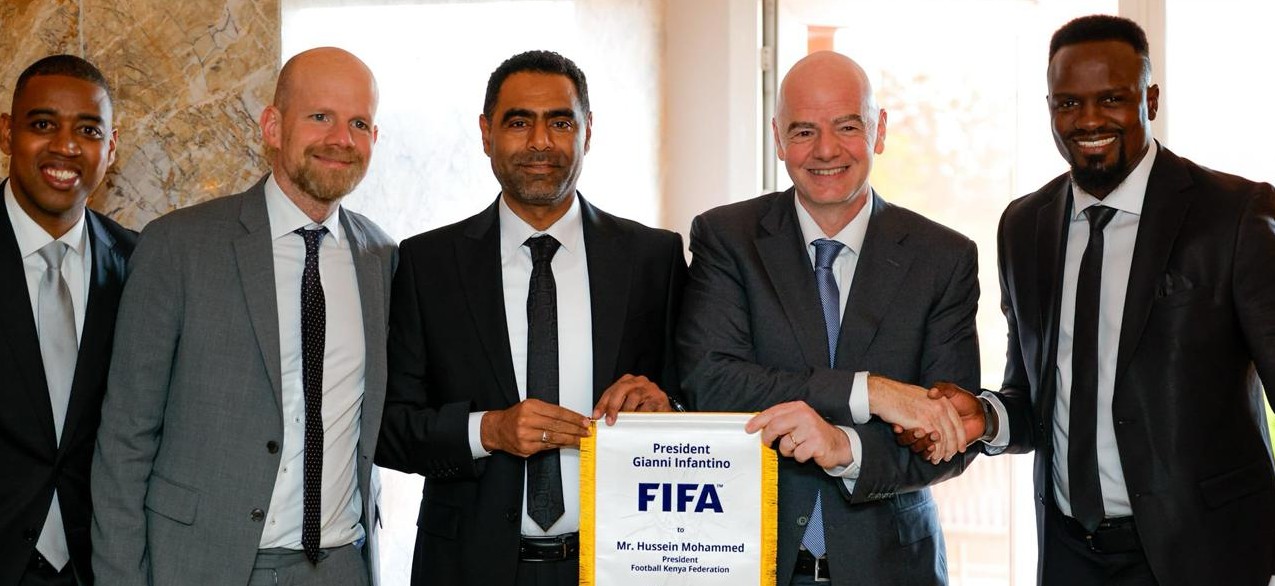From watching planes take off and land in a small village to NASA: The journey of Ali Omar

In 2002, Omar joined NASA's Langley Research Centre. He became part of a team of scientists studying the impact of pollution on Earth's radiation balance.
Ali Omar is a Somali engineer currently serving as the Deputy Director at NASA's Langley Research Centre. His journey to this prestigious role began in the village of Kisubi, located in Uganda's Wakiso district, approximately 10 kilometres from Entebbe International Airport.
Omar's interest in aviation started during his high school years in Kisubi. He often watched planes take off and land, which ignited his fascination with aircraft.
More To Read
- SpaceX’s Starship completes first successful test after previous launch failures
- Uganda Airlines launches direct Entebbe-London flights to boost trade and tourism
- Kenyan woman held in Uganda for allegedly stealing passenger's bag at Entebbe airport
- NASA astronauts 'Butch and Suni' return to Earth after drawn-out mission in space
- Stranded astronauts to finally return to Earth after nine-month ordeal
- AU endorses Somalia for 2025-2026 UN Security Council Seat
"I used to go outside to watch planes take off and land. I developed a fascination for aviation when I was in eighth grade, and that interest stayed with me through high school," Omar told the BBC.
After high school, Omar pursued aircraft mechanics at a local school in Uganda. There, he obtained his aircraft mechanic's licence, laying the groundwork for his future in aerospace.
This initial training led him to university studies in aerospace engineering, where he specialized in aircraft propulsion systems, focusing on combustion and emissions from aircraft engines.
Omar's academic journey was marked by a strong commitment to his dream. He embraced the philosophy of Mahatma Gandhi, who emphasized the importance of extra effort in realizing one's dreams. This belief guided him through his studies, culminating in a Ph.D. in environmental civil engineering from the University of Illinois.
In 2002, Omar joined NASA's Langley Research Centre. He became part of a team of scientists studying the impact of pollution on Earth's radiation balance. His work in this area was a significant step in his career, allowing him to contribute to critical research on environmental issues.
From 2011 to 2017, Omar oversaw various scientific and research projects related to land productivity and decision-making processes. His leadership during this period demonstrated his growing influence within NASA.
In 2017, he was appointed Deputy Director of the Langley Research Centre, a role in which he continues to serve.
As Deputy Director, Omar leads a team of 63 scientists and engineers. Together, they work on developing the LIDAR system, a crucial technology used by NASA to monitor pollution, cloud cover, climate, and air quality. His career progression, from aircraft mechanics to aerospace engineering and environmental engineering, he says illustrates the dynamic nature of a career in science and technology.
Omar advises young individuals following similar pathways to remain adaptive.
"As you can see, my career has evolved from aircraft mechanics to aerospace engineering, environmental engineering, and ultimately to being a scientist and manager. The key message here is that science often involves natural integration. So, one must be willing to adapt to changes in their career," he noted.
Throughout his career, Omar has faced various challenges. He mentioned the difficulty of dealing with non-scientists and adjusting to life in the United States, which was different from his life in Uganda. Despite these challenges, he has remained committed to his work and continues to contribute to NASA's mission.
Omar also enjoys playing volleyball in his free time, a hobby that provides a balance to his professional life. One of his favourite moments at NASA was viewing an image of Earth from space, which he described as a significant milestone in his career.
"This is particularly significant to me because it marked my entry point into the space program," he noted.
Top Stories Today
